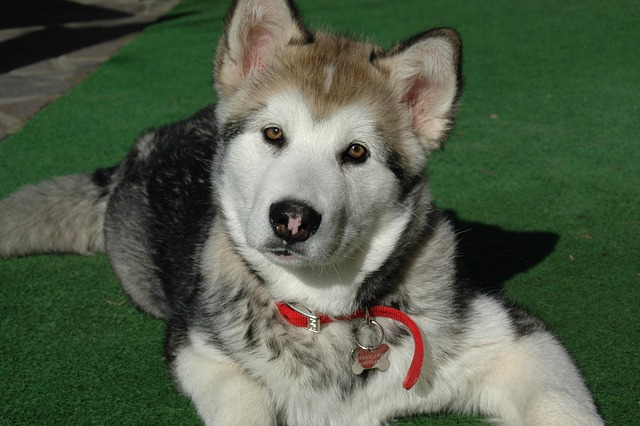
How do i train my dog to be obedient?
Watching your dog dart across the park ignoring your calls isn’t just frustrating—it can put them at risk near busy streets or public spaces.
Teaching your dog basic commands isn’t just about showing off tricks at the park—it’s about building trust, keeping them safe, and making daily life smoother for both of you. Most dog owners start with the essentials, and it’s easy to see why: these simple words become the foundation of how your pup interacts with the world around them. Whether you’re navigating a busy sidewalk, having guests over, or just trying to get them to drop that shoe they’ve decided is a new toy, these commands are game-changers.
“Come” is probably the most critical command you’ll ever teach. Picture this: your dog spots a squirrel and darts toward the street. A firm, clear “come” could stop them in their tracks, preventing a dangerous situation. Start practicing in a quiet area, using treats as rewards, and gradually move to more distracting spots. It takes patience, but once they’ve got it, you’ll breathe easier in any setting. Then there’s “sit”—a go-to for moments when you need them calm, like when opening the door for the mail carrier or before meals. It’s usually one of the first commands dogs pick up, and it sets the stage for learning more complex behaviors later on.
“Stay” is another must-have, especially in crowded places or when you need to grab something without them following. Begin with short distances and brief moments, praising them like crazy when they hold their position. As they get better, stretch out the time and space—soon, they’ll understand that staying put means good things are coming. “Down” often follows “sit,” helping them settle when excitement runs high. It’s useful in homes with small kids or when you’re trying to keep them off furniture, though remember to respect local guidelines about where dogs are allowed in public spaces.
 “Leave it” might not sound as flashy, but it’s a lifesaver. Dogs are curious creatures, and they’ll sniff or pick up all sorts of things—from leftover food on the ground to items that could be harmful. Teaching them to “leave it” protects them from choking hazards or ingesting something toxic, which aligns with the idea that responsible pet ownership includes keeping your dog out of harm’s way, as many communities expect. Pair it with a treat or toy as a reward, and they’ll quickly learn that ignoring the tempting object leads to something better.
“Leave it” might not sound as flashy, but it’s a lifesaver. Dogs are curious creatures, and they’ll sniff or pick up all sorts of things—from leftover food on the ground to items that could be harmful. Teaching them to “leave it” protects them from choking hazards or ingesting something toxic, which aligns with the idea that responsible pet ownership includes keeping your dog out of harm’s way, as many communities expect. Pair it with a treat or toy as a reward, and they’ll quickly learn that ignoring the tempting object leads to something better.
Consistency is key with all these commands. Use the same words every time, keep your tone positive, and avoid confusing them with mixed signals. Remember, training should be fun for both of you—short sessions with lots of praise work better than long, frustrating ones. Also, keep in mind that some areas have specific rules about dogs being under control in public, so having a dog that responds to commands isn’t just polite—it’s part of being a responsible neighbor.
Every dog learns at their own pace, so don’t rush. Celebrate the small wins, whether it’s a quick “sit” on the first try or a “stay” that lasts longer than a second. These commands aren’t just about obedience; they’re about strengthening the bond you share. When your dog looks to you for guidance and knows exactly what you’re asking, it’s a sign of the trust and love that makes having a dog such a joy. Keep practicing, stay patient, and enjoy the journey—you’ll both be better for it.

Watching your dog dart across the park ignoring your calls isn’t just frustrating—it can put them at risk near busy streets or public spaces.

New puppy owners often find themselves rushing to clean up accidents before they set in, and that’s where puppy pad training becomes a game-changer.

If you've noticed your dog's waistline disappearing and your veterinarian has mentioned those few extra pounds, your first instinct might be to simply reduce the amount of food in their bowl.

Training a dog to use a designated spot indoors isn’t as daunting as many new owners fear, but it does take consistency and an understanding of your pet’s needs.

That moment of dread on a walk is all too familiar for many new dog owners. You see another dog approaching down the sidewalk of your neighborhood

If the sight of another dog on your neighborhood walk makes your heart sink as your own dog erupts into a frenzy of barking and lunging, you're not alone.